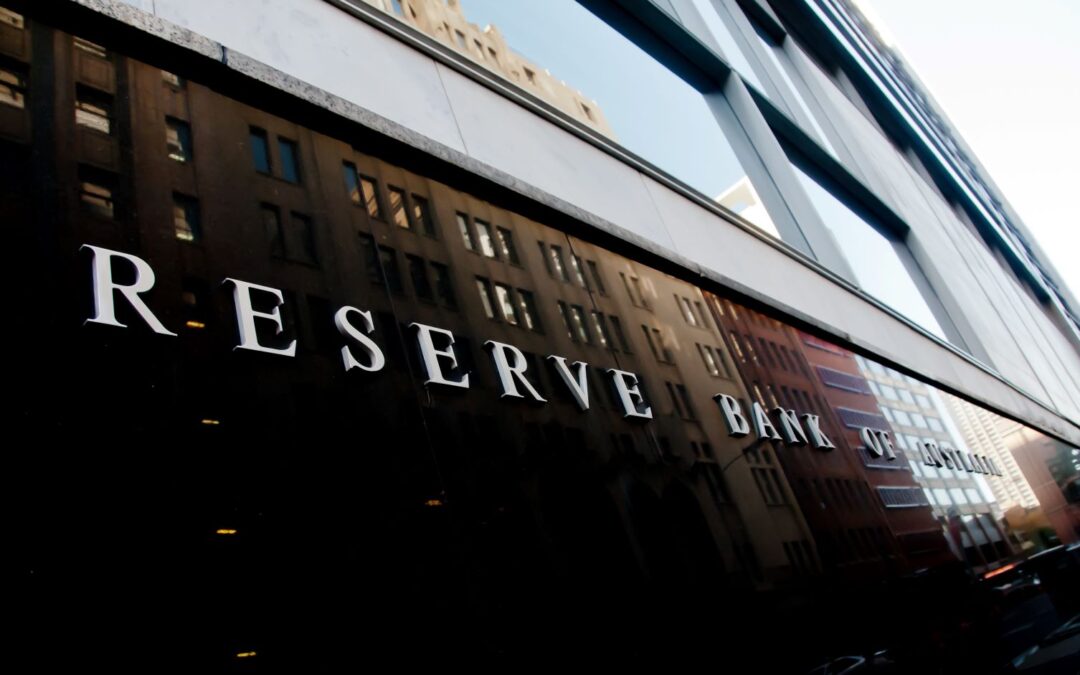The RBA surprised just about everybody, including us, with its decision to leave the cash rate unchanged at 3.85% last week. It begs the question what did we miss? What was it in the run of data and events between the June RBA policy meeting, when the RBA considered whether a 50bps rate cut rather than the 25bps cut delivered was appropriate, and the July meeting that shifted the RBA from hurrying to cut rates to adopting caution? The answers are not all clear, but one answer has to be that the RBA has some doubt that inflation will stay inside its 2-3% target band. Until that doubt is erased, the RBA will cut the cash rate very cautiously.
We turn to what the RBA said about inflation in the statement accompanying the July rate decision. The statement noted that inflation is travelling in line with the RBA’s May baseline forecasts towards the 2.5% mid-point of the 2-3% target.
“While recent monthly CPI Indicator data suggest that June quarter inflation is likely to be broadly in line with the forecast, they were, at the margin, slightly stronger than expected. With the cash rate 50 basis points lower than five months ago and wider economic conditions evolving broadly as expected, the Board judged that it could wait for a little more information to confirm that inflation remains on track to reach 2.5 per cent on a sustainable basis”.
Our view is that it is very likely that the June quarter (Q2) CPI report, out later this month, will show annual headline CPI inflation below 2.5% y-o-y and underlying annual inflation close to 2.5% y-o-y. With growth in aggregate demand subdued for the time being, the RBA should be more comfortable about cutting the cash rate at its August policy meeting than it was in July.
A Q2 CPI result showing inflation at or lower than the 2.5% mid-point of the RBA’s target band will not resolve, however, the niggling question of whether low inflation will be sustained. As the RBA pointed out in its statement temporary cost of living relief played some part pushing inflation below 3% in Q1. The inflation suppressing impact of cost-of-living relief starts to fade in the Q3 CPI report and becomes more pronounced in Q1 2026 after the end-2025 finish of the Federal Government’s quarterly electricity rebate scheme.
This cost-of-living base effect alone means that annual inflation is likely to lift up towards 3% or more in the second half of 2025 and early in 2026. Whether inflation stays higher or returns to the mid-point of the RBA’s target band will then depend mostly on the strength of aggregate demand relative to supply -very hard to call with any confidence with the turmoil in international trade driven by the chaotic tariff decisions by the United States.
Local labour market conditions will also play a part. Currently the labour market is still tight and the unemployment rate is low. Wage growth is on the boundary of becoming an inflation threat with productivity still low and unit labour costs rising.
The outlook for demand and supply is very hard to call given the uncertainty in the global economy. In this environment, the RBA is left watching every piece of data to try and determine whether its forecasts for the economy, labour market and inflation are running close to its base case.
The RBA started 2025 with a tight monetary policy setting. The two 25bps cash rate cuts taking the cash rate to 3.85% still leave the policy setting tight against underlying inflation that may have fallen from 2.9% in Q1 to around 2.5% in Q2. There is still a case to cut the cash rate further, but cautiously and not by much given the uncertainty surrounding the outlook for growth and inflation.
With elevated uncertainty about the economic outlook, we see the RBA needing the comfort of the full quarterly CPI reports to consider further cuts to cash rate. The Q2 CPI report should show headline and underlying inflation low enough to drive a 25bps cash rate cut to 3.60% at the August policy meeting. The next opportunity for a cut is after the Q3 CPI report in late October. Another cut is possible, but less certain as it would take the cash rate down to 3.35% with inflation likely pushing up towards 3%.
The RBA took a cautious turn last week. At the very least it wants to progress slowly cutting the cash rate. Low monthly CPI readings are unlikely to push the RBA to cut the cash rate unless ratified by convincingly low quarterly CPI readings. If the economy takes a much weaker turn, that could push the RBA to cut the cash rate faster and by more. But in the absence of evidence of a weaker turn, the outlook is one or two more cash rate cuts at most and delivered probably after quarterly CPI reports. Late this year and in early-2026, the quarterly CPI reports are likely to militate against cutting the cash rate lower than 3.35%.

